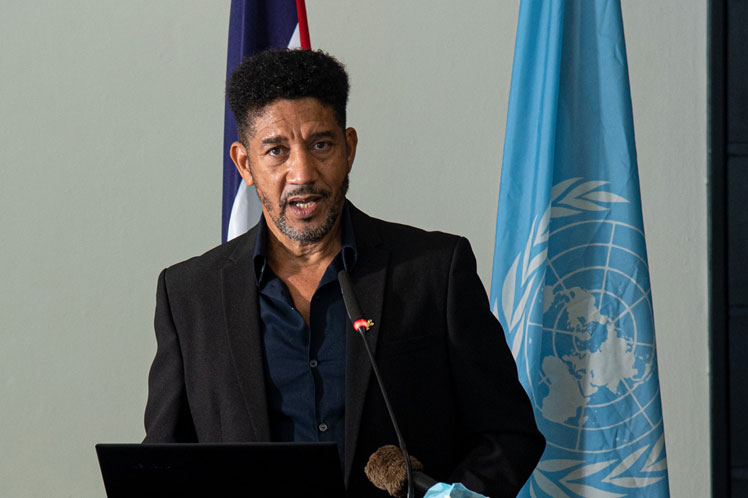According to the national director of Urban Planning of the Physical Planning Institute, José Mena, in the implementation of the New Cuban Urban Agenda (NAUC) there are significant damages between April 2019 and March 2020.
These effects are fundamentally identified in production and services, tourism, information technology and communications, industry, transportation, energy and mines.
The blockade is the main obstacle to the implementation of the NAUC, Mena said at a press conference and pointed out this has negative consequences on living conditions of the population.
The NAUC is the urban policy that promotes the development of compact structures that guarantee the maximum use of the internal growth potential of cities and other settlements, increase densities, optimize existing technical networks and services, and promote the recovery and growth of housing.
For this, the State plan’s objective is to contribute to the management of national and local governments, with the integration of all sectors and institutions, Mena explained.
This plan includes eight strategic axes: planning / legislation, financing, mobility / accessibility, housing, technical infrastructure, urban economy, together with risk and climate change, he detailed.
In addition, the Guidelines of the economic and social policy of the country, with the strategic programs guide the improvement of the economic and social model, and in turn represents the roadmap for the implementation of 11 Sustainable Development Goals, he added.
Cuba, he said, is advancing in the formation of a territorial and urban model consistent with economic and social continuity and changes.
With the participation of the Central State Administration Bodies and civil society organizations, it interacts with the Life Task and has international support and collaboration.
ef/jf/tdd









